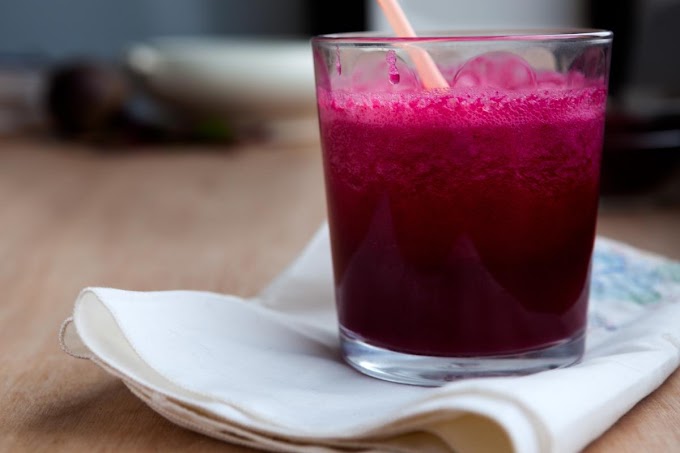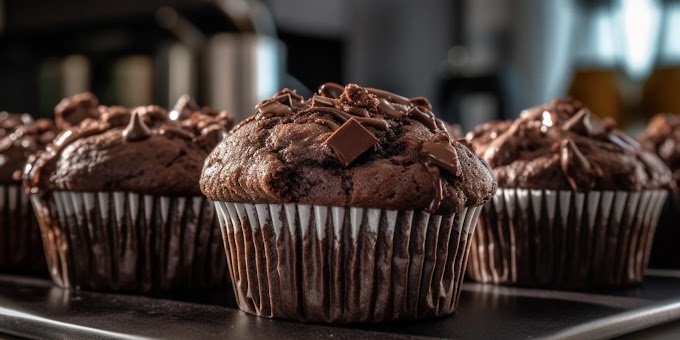Fried chicken is a beloved dish worldwide, known for its irresistibly crispy exterior and juicy, flavorful meat. However, achieving that perfect crunch is often easier said than done. One of the most crucial factors in creating that golden, crispy coating is the type of flour you use. In this article, we’ll dive into the different types of flour that can be used to fry crispy chicken, their unique qualities, and how to choose the best one for your needs.
1. All-Purpose Flour: The Traditional Choice
All-purpose flour is the most commonly used flour for frying chicken. It’s versatile, widely available, and provides a reliable, golden-brown crust. The gluten content in all-purpose flour helps create a crispy texture while still allowing the chicken to cook evenly.
Pros:
Readily available in most kitchens.
Provides a consistent, crispy coating.
Works well with a variety of seasonings.
Cons:
Can absorb more oil, making the chicken slightly greasier.
The crust may not be as light or airy as other flours.
Best for: Traditional fried chicken recipes where a classic, crispy crust is desired.
2. Cornstarch: For Extra Crispy Chicken
Cornstarch is often used in combination with all-purpose flour to create an exceptionally crispy coating. The fine texture of cornstarch allows it to absorb moisture and expand, resulting in a light and crunchy crust. It’s especially popular in Asian fried chicken recipes.
Pros:
Produces an extra-crispy, light crust.
Reduces oil absorption, making the chicken less greasy.
Enhances the crunch factor when mixed with flour.
Cons:
Can result in a slightly drier crust if used alone.
Needs to be mixed with flour for the best results.
Best for: Recipes that require an ultra-crispy coating, such as Korean fried chicken or other Asian-inspired dishes.
3. Rice Flour: The Secret to Light and Crisp Coating
Rice flour is a popular choice for those seeking a lighter, crispier crust. It’s gluten-free, which makes it an excellent option for those with gluten sensitivities. The fine texture of rice flour allows it to fry up into a thin, delicate crust that’s both crispy and light.
Pros:
Gluten-free, suitable for those with gluten sensitivities.
Creates a thin, light, and very crispy crust.
Absorbs less oil, making the chicken less greasy.
Cons:
Can be harder to find in some grocery stores.
May not provide as thick a crust as other flours.
Best for: Light and crispy fried chicken, often found in Japanese and other Asian cuisines.
4. Chickpea Flour: A Nutty Twist for Fried Chicken
Chickpea flour, also known as gram flour or basin, is a nutritious, gluten-free option that adds a slightly nutty flavor to the fried chicken. It’s commonly used in Indian and Middle Eastern cooking and works well when combined with other flours.
Pros:
Gluten-free, with a high protein content.
Adds a unique, nutty flavor to the coating.
Can be mixed with other flours for a varied texture.
Cons:
The flavor may not be suitable for all recipes.
The crust may not be as light and crispy as with other flours.
Best for: Fried chicken recipes with a global twist, especially those inspired by Indian or Middle Eastern flavors.
5. Potato Starch: A Crispier Alternative to Cornstarch
Potato starch is another excellent option for creating a crispy coating. Like cornstarch, it can be used on its own or mixed with other flours. Potato starch is particularly good at absorbing moisture and oil, resulting in a dry, crispy finish.
Pros:
Produces a very crispy, dry crust.
Gluten-free, making it suitable for gluten-sensitive diets.
Enhances the crispiness when mixed with flour.
Cons:
Can be difficult to find in some regions.
The crust may be too dry for some tastes.
Best for: Extra-crispy fried chicken, particularly in recipes where a light, dry crust is desired.
6. Self-Rising Flour: For a Puffy, Crunchy Coating
Self-rising flour is all-purpose flour that has baking powder and salt added to it. This combination causes the coating to puff up slightly as it fries, creating a crunchy, textured crust. It’s a good option for those who prefer a thicker, more substantial coating on their fried chicken.
Pros:
Creates a puffier, crunchier crust.
Convenient, as it contains leavening agents.
Provides a thicker, more substantial coating.
Cons:
Can produce a heavier crust, which may not be to everyone’s liking.
May not be suitable for all fried chicken styles.
Best for: Southern-style fried chicken or any recipe where a thick, crunchy crust is preferred.
7. Panko Breadcrumbs: Not Flour, But Worth Mentioning
While not a flour, panko breadcrumbs are worth mentioning for their ability to create an incredibly crispy coating. Panko is a type of Japanese breadcrumb that is lighter and airier than traditional breadcrumbs. It can be used alone or in combination with flour to add an extra layer of crunch.
Pros:
Provides a very crunchy, textured coating.
Light and airy, adding minimal weight to the chicken.
Can be mixed with other flours for varied texture.
Cons:
Requires additional binding agents like eggs or buttermilk.
Not gluten-free unless specifically made with gluten-free ingredients.
Best for: Recipes that call for an extra-crispy, textured coating, such as chicken katsu or other breaded fried chicken dishes.
Tips for the Perfect Fried Chicken
Season Your Flour: Regardless of the type of flour you choose, seasoning is key. Add salt, pepper, garlic powder, paprika, or other spices directly to the flour to ensure the chicken is flavorful throughout.
Double Dredging: For an extra-crispy crust, try double dredging your chicken. Dip it in flour, then an egg wash, and then back into the flour before frying.
Temperature Matters: Frying at the correct temperature (around 350°F or 175°C) ensures that the chicken cooks evenly and the crust becomes crispy without burning.
Let it Rest: After frying, allow the chicken to rest on a wire rack to let excess oil drain off and the crust to set, ensuring maximum crispiness.
Conclusion
Choosing the right flour for frying crispy chicken can make all the difference between a good meal and a great one. Whether you prefer the traditional consistency of all-purpose flour, the light crispiness of rice flour, or the extra crunch from cornstarch or potato starch, there’s a flour out there that will help you achieve your ideal fried chicken. Experiment with different flours, or even combinations, to discover the perfect blend for your taste. Happy frying!








Social Plugin